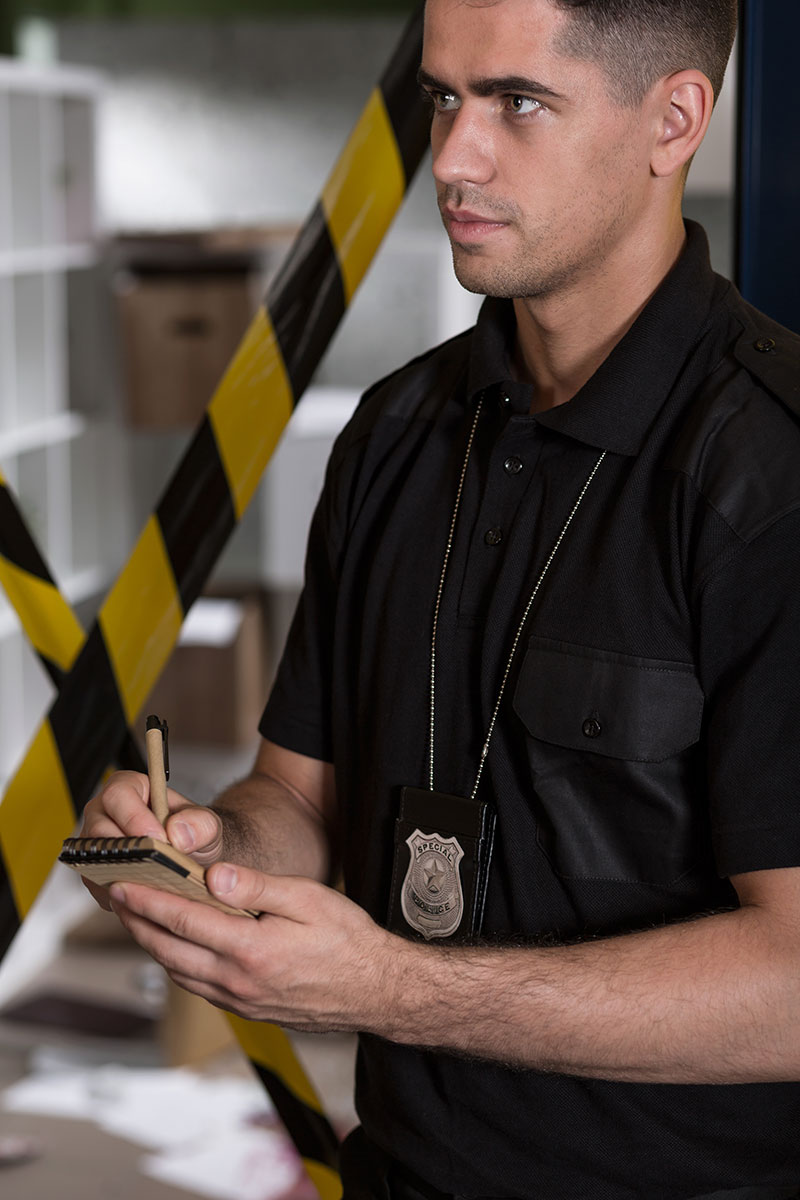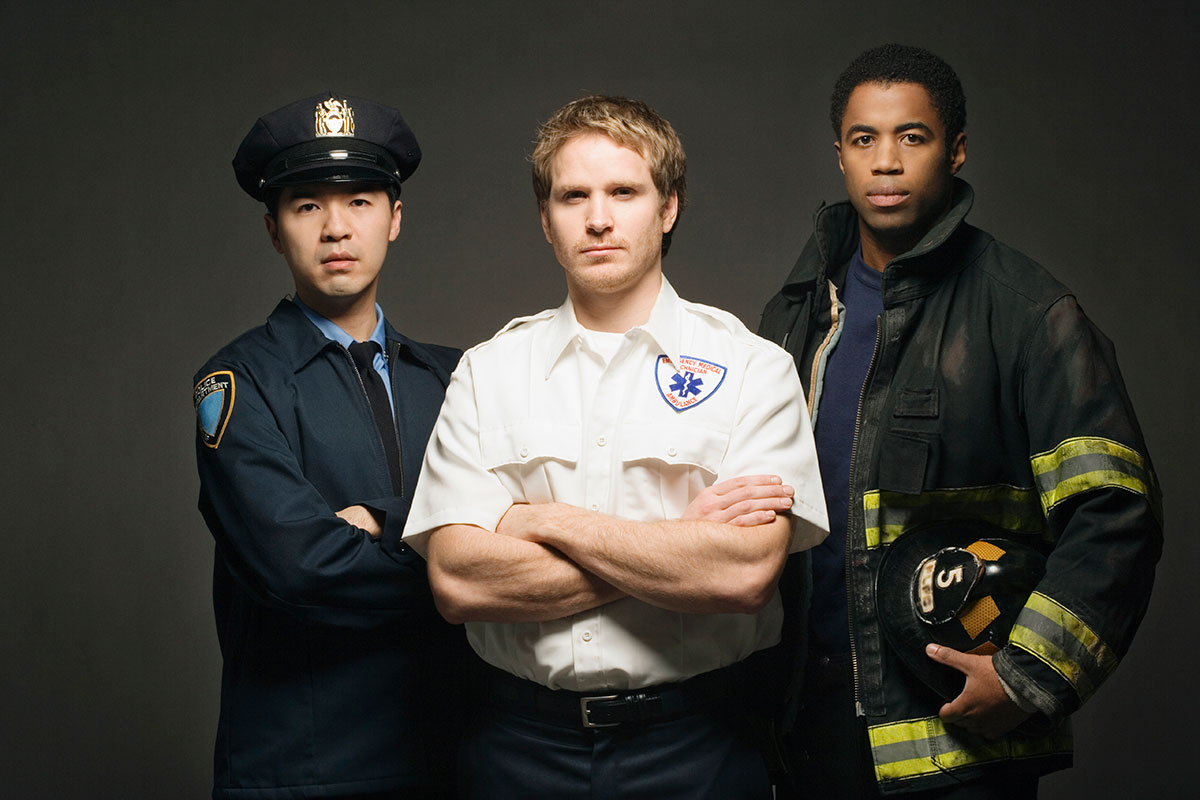Sources for Proactive and Reactive Investigations
Genesee County Medical Society. (2015). Human trafficking victim identification toolkit for physicians and other medical professionals [PDF]. Read More
International Association of Chiefs of Police. (n.d.). The Crime of Human Trafficking: A Law Enforcement Guide to Identification and Investigation [PDF]. Read More
Office for Victims of Crime. (n.d.). Human trafficking task force e-guide. Read More
Office for Victims of Crime. (n.d.). Operational Phase. Read More
Office for Victims of Crime. (n.d.). Post-Operational Phase. Read More
Office for Victims of Crime. (n.d.). Pre-Operational Phase. Read More
Office for Victims of Crime. (n.d.). Taking a Proactive Approach. Read More
Pelella, T. (n.d.). Human Trafficking: Traditional Law Enforcement Methods Do Not Work [PDF]. Read More



